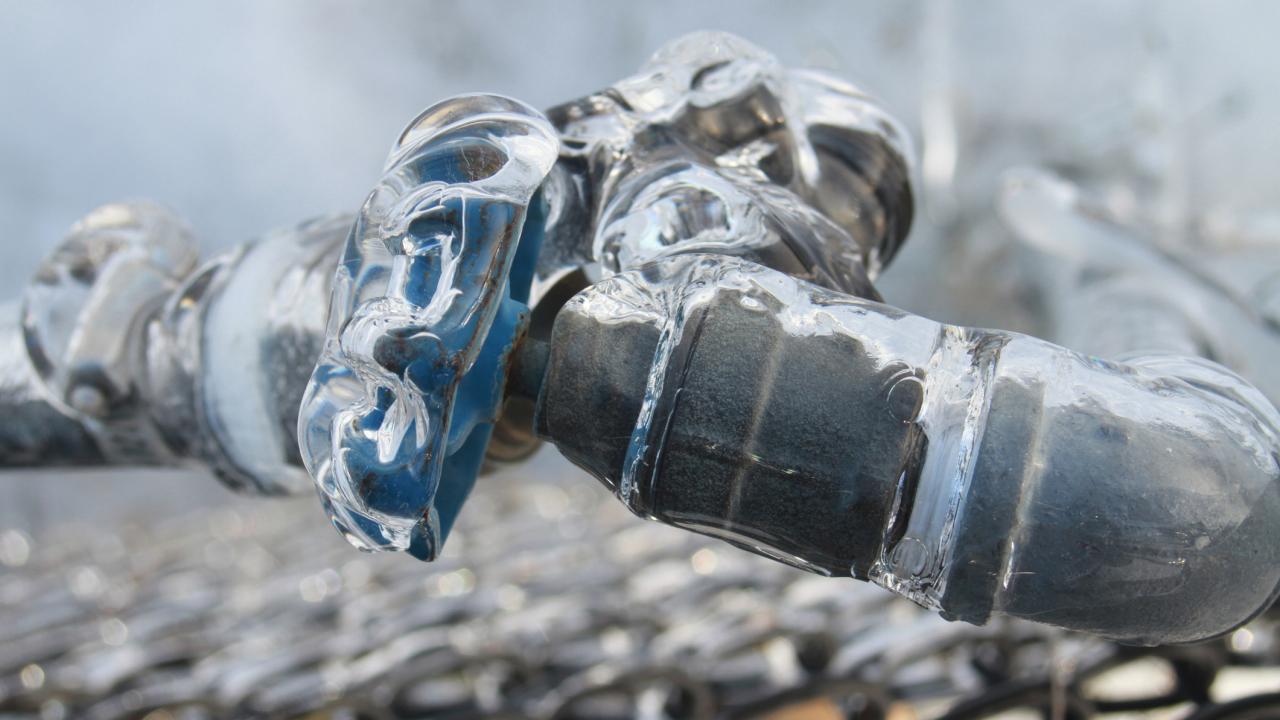Prevent Frozen Plumbing in Cold Weather: Expert Tips
Prevent Frozen Plumbing in Cold Weather: Expert Tips
Blog Article
This article below pertaining to Prevent Frozen Pipes is seriously motivating. Don't overlook it.

Cold weather can damage your plumbing, particularly by freezing pipelines. Here's exactly how to prevent it from taking place and what to do if it does.
Introduction
As temperatures decrease, the danger of frozen pipes rises, possibly leading to expensive repair services and water damages. Recognizing just how to avoid frozen pipes is essential for homeowners in cold climates.
Understanding Icy Pipelines
What triggers pipes to freeze?
Pipelines ice up when revealed to temperature levels below 32 ° F (0 ° C) for prolonged durations. As water inside the pipes ices up, it increases, putting pressure on the pipe walls and possibly causing them to burst.
Dangers and damages
Frozen pipes can lead to water system disruptions, residential or commercial property damages, and expensive repair work. Ruptured pipelines can flood homes and create extensive architectural damage.
Signs of Frozen Pipeline
Determining icy pipelines early can stop them from bursting.
Exactly how to identify frozen pipes
Look for lowered water flow from faucets, unusual odors or sounds from pipes, and noticeable frost on revealed pipelines.
Prevention Tips
Protecting prone pipes
Cover pipes in insulation sleeves or make use of warmth tape to safeguard them from freezing temperature levels. Concentrate on pipelines in unheated or exterior areas of the home.
Home heating techniques
Maintain interior spaces properly warmed, particularly locations with plumbing. Open up closet doors to allow cozy air to flow around pipes under sinks.
Safeguarding Exterior Pipes
Yard pipes and outside faucets
Disconnect and drain pipes yard hoses prior to winter. Set up frost-proof spigots or cover outside faucets with shielded caps.
What to Do If Your Pipelines Freeze
Immediate activities to take
If you think icy pipes, keep taps open up to alleviate pressure as the ice melts. Make use of a hairdryer or towels taken in warm water to thaw pipelines slowly.
Long-Term Solutions
Architectural adjustments
Think about rerouting pipes far from exterior wall surfaces or unheated areas. Add extra insulation to attic rooms, cellars, and crawl spaces.
Upgrading insulation
Buy top notch insulation for pipes, attic rooms, and wall surfaces. Appropriate insulation helps preserve constant temperature levels and reduces the danger of frozen pipelines.
Conclusion
Avoiding icy pipelines requires proactive steps and quick actions. By comprehending the reasons, indicators, and safety nets, property owners can secure their plumbing during winter.
6 Proven Ways to Prevent Frozen Pipes and Protect Your Home
Disconnect and Drain Garden Hoses
Before winter arrives, start by disconnecting your garden hoses and draining any remaining water. Close the shut-off valves that supply outdoor hose bibs and leave the outdoor faucet open to allow any residual water to drain. For extra protection, consider using faucet covers throughout the colder months. It’s also important to drain water from any sprinkler supply lines following the manufacturer’s directions.
Insulate Exposed Pipes
Insulating your pipes is an effective way to prevent freezing. Pipe insulation is readily available at home improvement stores and is relatively inexpensive. Pay close attention to pipes in unheated areas such as the attic, basement, crawl spaces, or garage. Apply foam insulation generously to create a buffer against the cold. You can also wrap your pipes in heat tape or thermostat-controlled heat cables for added warmth.
Seal Air Leaks
Inspect your home for any cracks or openings that could let in cold air. Seal any holes around the piping in interior or exterior walls, as well as the sill plates where your home rests on its foundation. Additionally, make sure to keep your garage door closed unless you’re entering or exiting. Leaving it open creates a significant air leak that can lead to frozen pipes.
Allow Warm Air Circulation
During cold snaps, it’s essential to allow warm air to circulate evenly throughout your home. Leave interior doors ajar to promote better airflow. Open kitchen and bathroom cabinets to help distribute heat consistently around the rooms. If you have small children or pets, be sure to remove any household chemicals or potentially harmful cleaners from open cabinets for safety.
Let Faucets Drip
A small trickle of water can make a big difference in preventing ice formation inside your pipes. When temperatures drop significantly, start a drip of water from all faucets served by exposed pipes. This continuous flow helps prevent the water from freezing. Additionally, running a few faucets slightly can relieve pressure inside the pipes, reducing the chances of a rupture if the water inside does freeze.
https://choateshvac.com/6-proven-ways-to-prevent-frozen-pipes-and-protect-your-home/

As a passionate reader about 6 Ways to Prevent Frozen Pipes, I figured sharing that excerpt was a good thing. Are you aware of another individual who is serious about the niche? Take a moment to share it. I value reading our article about How to prepare your home plumbing for winter weather.
Request Estimate Report this page